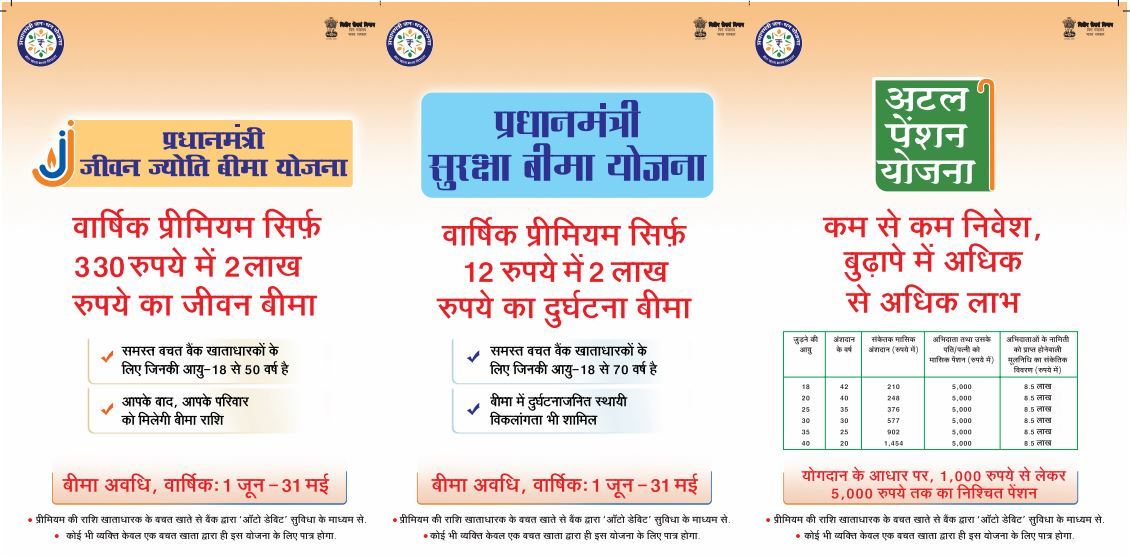Freight operations on the Indian Railways are set to witness a paradigm shift with the stage-wise completion of its two dedicated freight corridors, the Western Dedicated Freight Corridor (WDFC) and the Eastern Dedicated Freight Corridor (EDFC), over the next four years, beginning 2017-18.
Why DFCs?
#1. Congestion:
Indian Railways plans to handle higher freight volumes without- increase in infrastructure, increased axle load, reduction of turn-round time, reduced unit cost of transportation, rationalization of tariffs
Example- Golden Quadrilateral Freight Corridor (GQFC)
What is GQFC?
- It links 4 metropolitan cities of Delhi, Mumbai, Chennai and Kolkata and its two diagonals- Delhi-Chennai & Howrah-Mumbai
- It has a total route length of 10,122 km
The problem with GQFC:
- It carries more than 55% of revenue earning freight traffic of Indian Railways
- The existing routes of Howrah-Delhi and Mumbai-Delhi are highly saturated
- The line capacity utilization is around 115% to 150%
#2. Single tracks:
As mentioned in the recent rail budget- We run fast passenger trains, slow trains, goods trains all on the same track. Hence trains like Rajdhani which can achieve speeds upto 130kmph run at average 70kmph. Also goods trains have to wait to let passenger train pass and this causes also supply delays.
#3. Chronic under-investment in the railways:
This had led to congestion and over-utilization, along with sub-optimal freight and passenger traffic and fewer financial resources. The 12th Plan points out the urgency of investments as- If consistent growth of 7-10% per annum is to be achieved over the next 20 years, there is a pressing need for unprecedented capacity expansion of the railways for both freight and passenger traffic in a manner that has not taken place since Independence.
#4. The surging power needs requiring heavy coal movement, booming infrastructure construction and growing international trade
#5. Carbon emission reduction may help India claim carbon credits
#6. Railway’s falling share of goods traffic:
According to 12th Plan- The Indian railways transports only 36% of the total goods traffic in the country, compared to the 48% in the US and 47% in China. Whereas, nearly 57% of the total goods are transported by road in India, as compared to 22% in China and 37% in the US.
Dedicated Freight Corridor Corporation of India (DFCCIL)
- It is a Special Purpose Vehicle established by the Ministry of Railways in 2006
- Aim: To undertake planning & development, mobilisation of financial resources and construction, maintenance and operation of the DFCs
- It has been registered as a company under the Companies Act 1956
The Corridors
#1. Sanctioned (and under construction)
- Western DFC: From Dadri, UP to Jawaharlal Nehru Port, Mumbai- 1,468 km
- Eastern DFC: From Ludhiana, Punjab to Dankuni, West Bengal- 1,760 km
#2. Planned (but not yet started)
- East-West DFC- connecting Kolkata and Mumbai- 2,000 km
- North-South DFC- connecting Delhi and Chennai- 2,173 km
- East Coast DFC- connecting Kharagpur with Vijayawada- 1,100 km
- South-West DFC- connecting Chennai and Goa- 890 km
#3. Proposed (neither sanctioned nor planned)
Bangalore-Chennai DFC- This DFC goes through Bangalore-Chennai Industrial Corridor promoted by Japan & India
Advantages
- Railways’ freight operations will see a fundamental change by operationalisation of these corridors
- It will help the railways regain its market share of freight transport
- Provide an efficient, reliable, safe and cheaper system of goods movement
- Provide relief to the railways’ heavily congested GQFC along the western and eastern rail routes
- Facilitate fresh industrial activity and multi-modal value-addition services hubs along the corridors
- Reduction in unit cost of transportation, smaller organization and management cost, higher efficiency and lower energy consumption
- WDFC will mainly benefit export-import container traffic, besides petroleum, oils and lubricants, imported fertilizers and coal, foodgrains, cement, salt, and iron and steel
- EDFC will benefit traffic of coal for power plants in the northern region from coalfields in Bihar, Jharkhand and Bengal as also finished steel, foodgrains and cement
Progress
Remember, we have to be diplomatic while citing the progress. So here it goes…
- The major achievements for the two sanctioned projects is the completion of negotiation for EDFC-3 Project and loan amount of US$ 650 million sanctioned by World Bank
- 86% of the 10548 hectares land required has been acquired and most environmental clearances have been obtained
- DFCCIL has implemented one of the best rehabilitation and resettlement packages for the people affected by the projects
- Compensation as per the new land acquisition Act has been started with effect from 1st January, 2015
- By mid-2016, most contracts for the Rs 81,459 crore projects are planned to be awarded
Here’s a question for you– Differentiate between Golden Quadrilateral (GQ), Golden Quadrilateral Freight Corridor (GQFC) & Diamond Quarilateral (DQ) projects.
Suggested readings:
Published with inputs from Swapnil
























